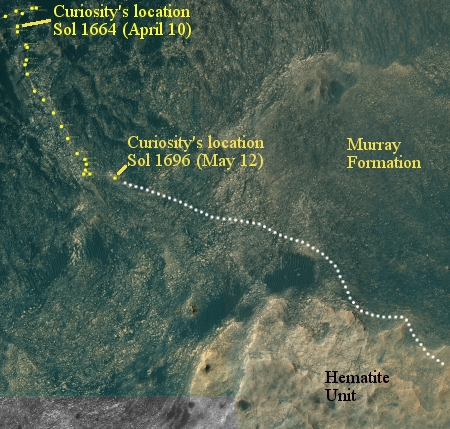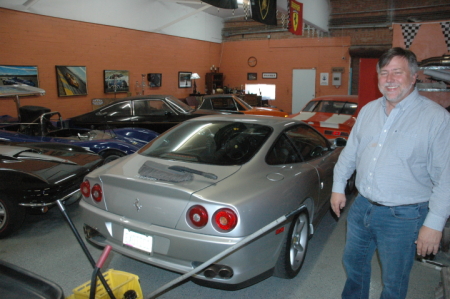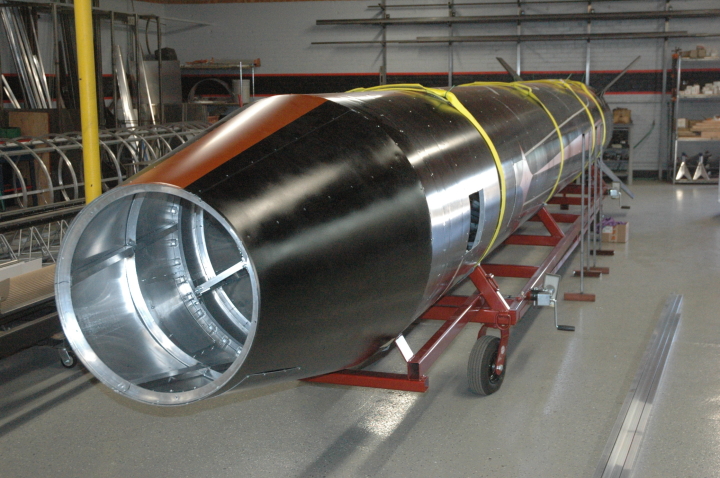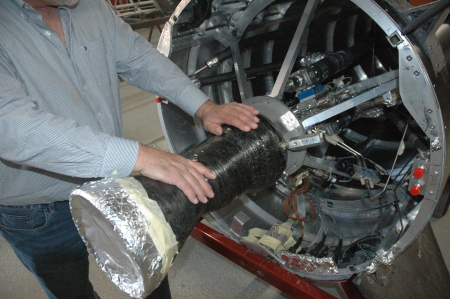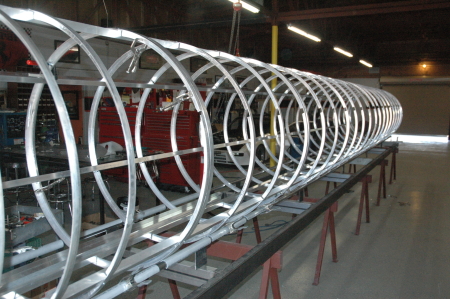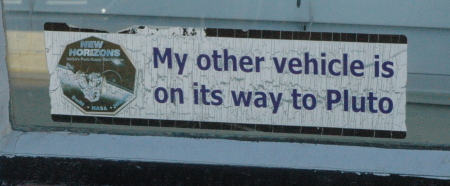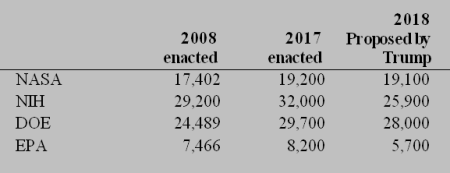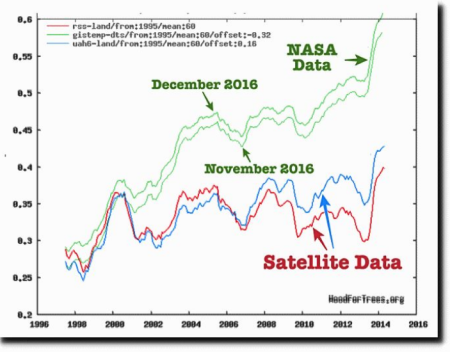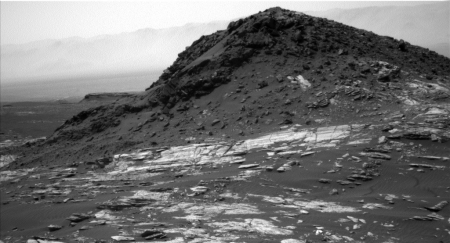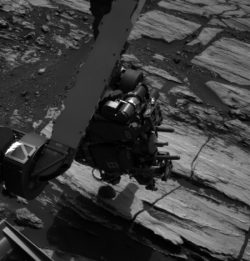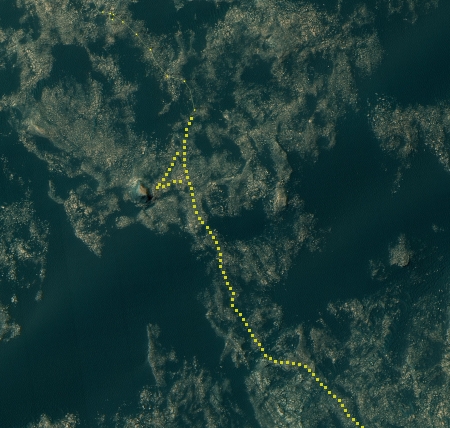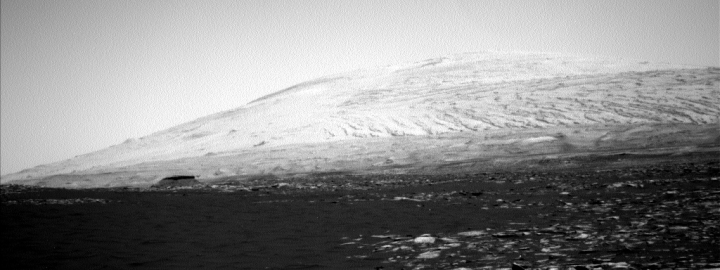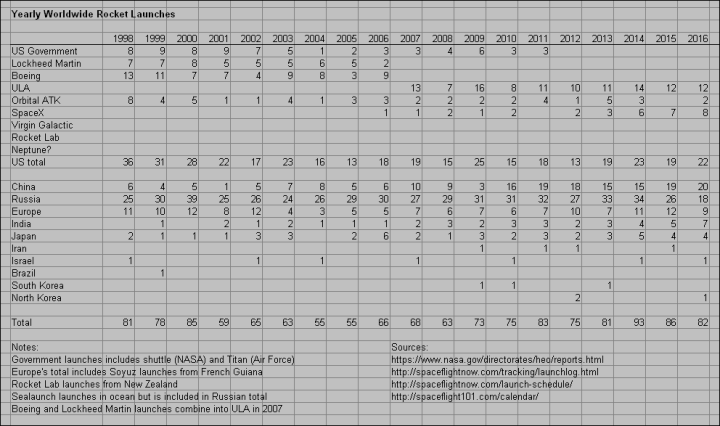Trump budget released only to be immediately trashed
Today the Trump administration released its proposed 2018 budget for the federal government. Here is a good article on what that budget proposed for NASA.
The Trump administration’s fiscal 2018 budget request includes $19.1 billion for NASA, a $561 million decrease over previously enacted levels that would reduce the number of Earth science missions, eliminate the agency’s education office and do away with the Obama administration’s plans to robotically retrieve a piece of an asteroid as a precursor to eventual flights to Mars.
The budget closely reflects the administration’s blueprint, released in March, and overall, NASA’s acting administrator said America’s space program remains healthy and suffered relatively modest cuts compared to other federal agencies.
Though the NASA budget did include the cancellation of a handful of Earth Science projects as well as a cut in the Earth science budget, those cuts were nowhere near what had been hinted at previously.
The Trump administration has made no secret of its skepticism about global warming and its presumed causes and impacts and as expected, the budget eliminates funding for five Earth science missions and instruments. Earth science would receive $1.8 billion overall, reflecting a reduction of nearly $170 million. “The hard choices are still there, and we can’t do everything,” Lightfoot said. But the budget “still includes significant Earth science efforts, including 18 Earth observing missions in space as well as airborne missions.”
That’s a reduction of less than 10% in the total Earth science budget, hardly a catastrophe. The overall budget proposal was a little more daring, calling for a 30% cut at the EPA, and a 16% cut at Commerce, mostly in NOAA.
What does this all mean? Nothing. A president’s budget proposal is generally only a statement of desires. It has no force of law. Congress decides how to spend money, and the Republicans controlling this Congress are not really interested in cutting anything. In fact, the pigs have already begun to squeal, including a complete rejection of the budget by many Republican leaders in Congress.
‘President Trump’s $603 billion defense budget request is inadequate to the challenges we face, illegal under current law, and part of an overall budget proposal that is dead on arrival in Congress,’ said Arizona Sen. John McCain.
The administration didn’t seem to signal its own vote of confidence by releasing the document during President Trump’s first overseas trip.
Longtime GOP Rep. Hal Rogers of Kentucky, a longtime appropriator, declared proposed cuts to safety net and environmental proposals ‘draconian.’
‘I don’t think the president’s budget is going anywhere,’ said Republican Sen. Bill Cassidy of Louisiana, asked if he’s concerned about the message sent by slashing the Medicaid program for the poor and disabled.
That’s only a sampling. Essentially, these Republicans have no interest in gaining control of the out-of-control federal budget. They like having that budget out-of-control, as it feeds money to their friends and partners whom then line their pockets with campaign contributions.
I should note that I fully expect Trump to bow to their demands, and back off. When it has come to budget matters, he has so far shown no stomach for the fight.

